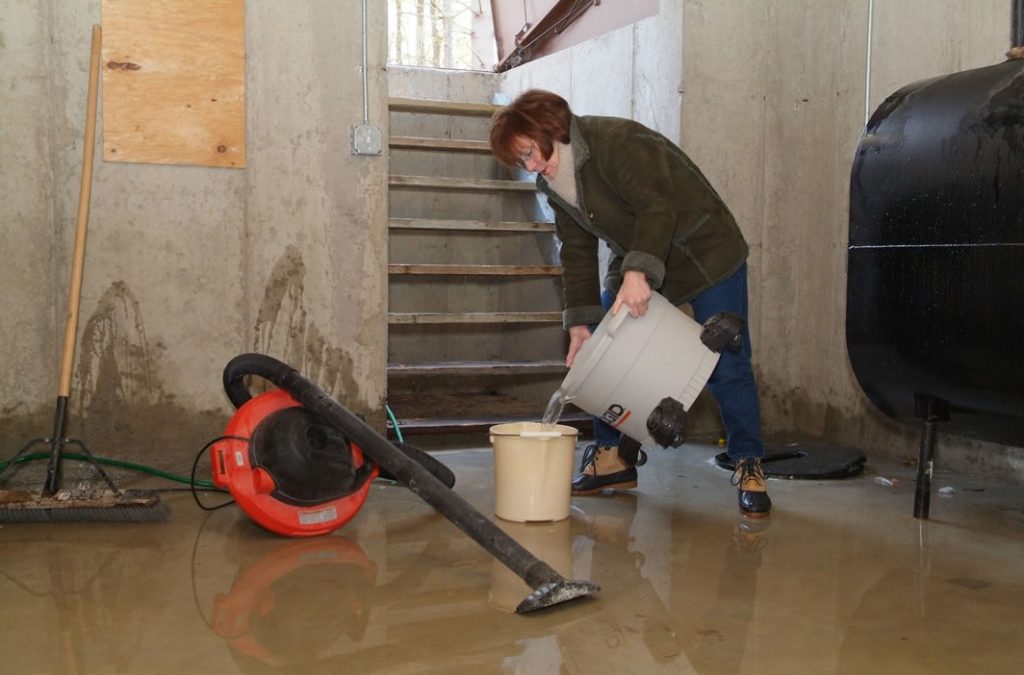


The cove joint is where the walls meet the floor. Watch the VideoĪs hydrostatic pressure increases, water can seep into your basement at the cove joint. The water must find somewhere to go, and it often goes into your basement. As the water table rises under your home's foundation, hydrostatic pressure develops. Once the soil is saturated and can no longer absorb any more water, the water table begins to rise. When an area experiences heavy rain or melting snow, water is absorbed into the ground. If you live by a lake, your water table will be much higher than if you live in the desert. The water table, which is the level below ground that is saturated with water, differs by location. Water is always present within the ground, although, sometimes it is quite deep. Let's take a closer look at each: Hydrostatic Pressure There are 3 factors that cause a basement to leak: Hydrostatic pressure, lateral pressure, and window well leakage.
#Water leaking into basement after heavy rain crack
Either type of crack can be the cause of water seepage in your basement. However, cracks may also be a sign that the foundation has settled and damage has occurred. Often concrete will shrink as it cures and a crack will form. Horizontal cracks are the most serious and are caused by pressure against the walls and vertical (or diagonal) cracks occure as a foundation ages. There are 2 main types of wall cracks that occur in basements. However, if Drylok is applied to surfaces that have not been properly sealed, the product will bubble and eventually flake off. Since basement foundations are built with porous materials, such as concrete, moisture and water can easily seep through, Drylok is meant to protect against these threats. Drylok Flakeĭrylok is a common waterproofing concrete sealer. It is not uncommon to see dampness or staining around floor cracks when seeping is occurring. Seepage often occurs when water is forcing itself through cracks in the foundation or other porous material. Stained Floorsĭiscoloration on floors could be an indication of past or present water absorption due to a leak. The wood decay spores are in the air, and when temperatures rise, the spores germinate and penetrate the wood. When the moisture content of the wood goes beyond 30% (the Fiber Saturation Point) wood decay spores will find their way to the surface of the wood. Moisture exposure to wood will cause wood to rot.


 0 kommentar(er)
0 kommentar(er)
